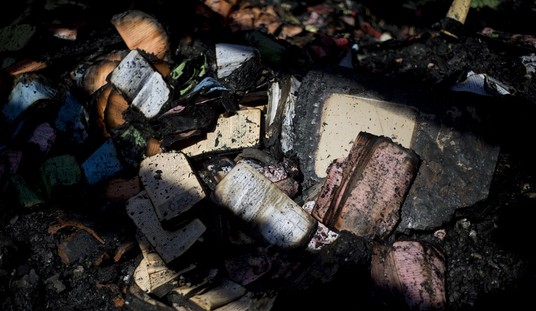Health Affairs Blog details how government regulation — particularly output and price controls–contributes to shortages of critical, life saving injectable drugs.
Currently, there are about 246 drugs that are in short supply and as the chart shows, the number has been growing for some time. There were 74 newly reported drug shortages in 2005; the number dipped slightly to 70 in 2006, then rose to 129 in 2007, 149 in 2008, 166 in 2009, and 211 in 2010.
As early as 2005, hospitals and clinics complained to Health and Human Services Secretary Michael Leavitt that drug manufacturers and distributors were often out of certain drugs. The problem has been getting progressively worse ever since. A new report from the Premier healthcare alliance that found that drug shortages have risen to “critical levels,” endangering the public’s health. Hospitals are scrambling to make up the shortfall, in some cases rationing medications, postponing surgeries and using alternative drugs.
As to the contribution of government action to the cascading and growing problem , the author , John Goodman,notes:
Years ago, Milton Friedman argued that government should be in the business of certification, not regulation. Let government investigate, evaluate and publish for all to read. Then let hospitals (duly forewarned) make their own decisions about whether to buy and use drugs supplied by various manufacturers and distributors.
h/t:Dennis Sevakis









Join the conversation as a VIP Member